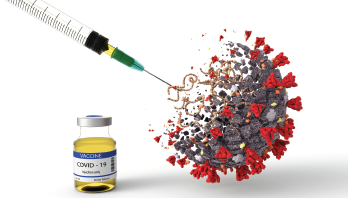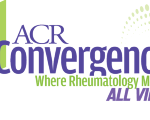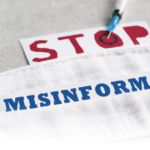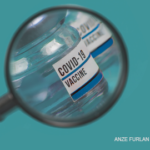
Orpheus FX / shutterstock.com
On April 5, 1950, a small group of scientists met in Silver Spring, Md., to talk about geophysics.
I know this is not the most riveting way to start, but if you stick with me, I promise the story will get much more interesting.
This group of scientists met to discuss all that was still not understood about the Earth. Together, they realized technology had finally reached the point at which important questions regarding planetary sciences could be tackled.
This meeting led to the International Geophysical Year, a multi-national scientific collaboration that would start on July 1, 1957, to coincide with peak sunspot activity, so scientists could examine the impact of solar activity on the Earth.1
I know, I know. Stick with me.
The International Council of Scientific Unions spent seven years planning experiments that would be conducted by 67 countries in more than 4,000 research stations worldwide. The careful planning was warranted because the International Geophysical Year was intended to bring the Cold War to an end.
The years following the end of World War II were characterized by a lack of international scientific exchange, particularly between the U.S. and the Soviet Union. The International Geophysical Year was meant to break the ice and usher in a new era of international collaboration.
And then the politicians got involved.
In 1955, the U.S. had announced its intent to launch an artificial satellite, ostensibly to celebrate the International Geophysical Year. Not to be outdone, four days later, the Soviet Union announced that it, too, would launch an artificial satellite, also to honor the multi-national scientific collaboration. Unlike the U.S., however, the Soviet Union actually did it.
On Oct. 4, 1957, the Soviet Union launched Sputnik 1, the first man-made satellite to orbit the Earth. Four months later, the U.S. achieved the same landmark, but it was undeniable: the Soviet Union got there first.2
Don’t look now, but Sputnik has beaten us again.
On Aug. 11, 2020, President Vladimir Putin of Russia introduced the world to Sputnik V—not a satellite, but an adenovirus-based vaccine he proclaimed was the first effective defense against SARS-CoV-2. The Russian Health Ministry announced plans to start vaccinating health workers and teachers, followed by the general population, this fall. Millions of doses of the vaccine are being prepared, many of which have already been sold to other nations.3 Meanwhile, the closest competitors are still in clinical trials. What do we know about this vaccine, and more importantly, how did the Russians reach the finish line first?



